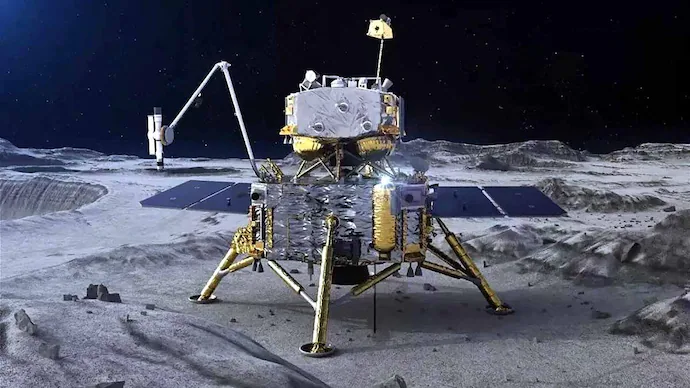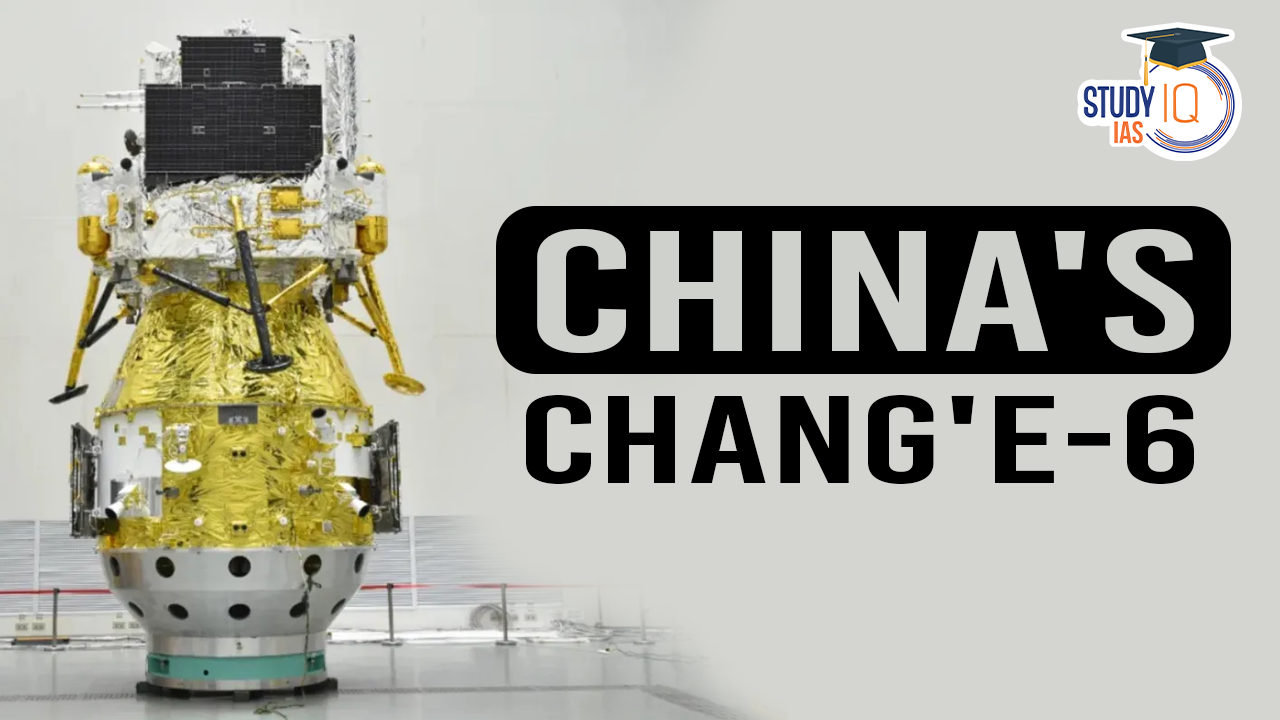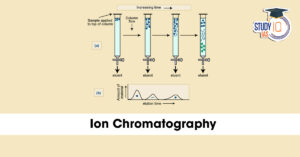Table of Contents
China’s Chang’e- 6 probe has lifted off from the far side of the moon to start its journey back towards Earth. China’s Chang’e-5 mission has revealed that volcanic activity on the Moon may have happened as recently as 116 to 135 million years ago, challenging the previous belief that it stopped about 1 billion years ago.
Key Findings of China’s Chang’e-6
- The analysis revealed that three of the glass bead samples originated from volcanic activity dated between 116–135 million years ago.
- The composition indicated a magmatic source rich in potassium, rare earth elements, phosphorus, sodium, and thorium—elements associated with volcanic processes.
- These findings suggest that lunar volcanic activity continued much longer than previously thought.
Significance of Understanding Volcanic Activity
- Understanding volcanic activity on the Moon provides insights into:
- The formation and evolution of the lunar surface.
- Atmospheric conditions and tectonic activity on the Moon.
- Potential conditions for life, as volcanic eruptions can release water and nutrients.
Characteristics of Lunar Glass Beads
- Formation: Glass beads can form from:
- Volcanic eruptions (lava fragments cooling quickly).
- Impact events (melted material from meteorite impacts cooling rapidly).
- Composition: The beads are primarily composed of silicon, magnesium, iron, with trace elements like potassium, titanium, and uranium.
- Types:
- Volcanic glass beads are typically uniform.
- Impact glass beads may show shock features like fractures.
Methodology
- Sample Analysis: The researchers analysed over 3,000 glass bead samples collected from a site called Statio Tian Chuan, near Mons Rümker, an area known for its volcanic activity.
- Chemical Composition: They examined the physical features and chemical compositions to identify patterns indicative of their origins.
- Sulphur Isotope Analysis:
- Out of 3,000 samples, 13 were shortlisted for sulphur isotope analysis to determine their origins.
- Sulphur isotopes were chosen due to their relevance in identifying volcanic materials since they are released during eruptions as sulphur dioxide gas.
- Radiometric Dating: The researchers employed uranium-lead radiometric dating to determine the ages of the volcanic samples.
Chang’e 6 Mission of China
- Chang’e 6 Mission was followed by the success of Chang’e-5.
- Chang’e-6 will collect lunar samples from the moon’s far side, a first for China.
- Chang’e 6 aims to land on the northeastern side of the South Pole-Aitken Basin, the oldest known impact crater in the solar system. This region is considered highly valuable for lunar exploration.
- The goal of Chang’e-6 mission is to collect samples and return is expected to provide valuable insights into the early evolution of the moon and the inner solar system, enhancing our understanding of celestial dynamics.

- Due to the lack of direct line of sight with Earth, Chang’e-6 will depend on a relay satellite for communication during its 53-day mission.
- This mission includes the challenging task of ascending from the moon’s hidden side.
- Chang’e-6 will carry scientific payloads from France, Italy, Sweden, and Pakistan.
- The mission features international partnerships, including contributions from the European Space Agency (ESA) and the French space agency CNES.
- ESA is supplying a lunar surface ion tester, and CNES is providing devices to measure radon gas and its decay products.
- Additionally, the mission includes an Italian laser corner reflector for calibrating radar instruments and Pakistan’s ICUBE-Q CubeSat.
| Facts |
|
Chang’e 5 Mission
- It was China’s first lunar sample-return mission and the fifth in the Chinese Lunar Exploration Program.
- Mission’s highlights:
- Launch: The Chang’e 5 spacecraft launched on November 23, 2020 from the Wenchang Spacecraft Launch Site on Hainan Island.
- Sample collection: It collected about 1,731 grams (61.1 oz) of lunar samples, including from a core about 1 metre deep.
- Findings: Identification of new lunar minerals, including Changesite-(Y) and two different structures of the titanium compound Ti2O.
- Significance: China became the 3 country to return samples from the moon, after the United States and the Soviet Union
- The Chang’e 5 spacecraft was named after the Chinese moon goddess, Chang’e.


 Advanced Air Defence Radars: Types, Comp...
Advanced Air Defence Radars: Types, Comp...
 Ion Chromatography, Working and Applicat...
Ion Chromatography, Working and Applicat...
 Broadly Neutralising Antibodies (bNAbs):...
Broadly Neutralising Antibodies (bNAbs):...

























